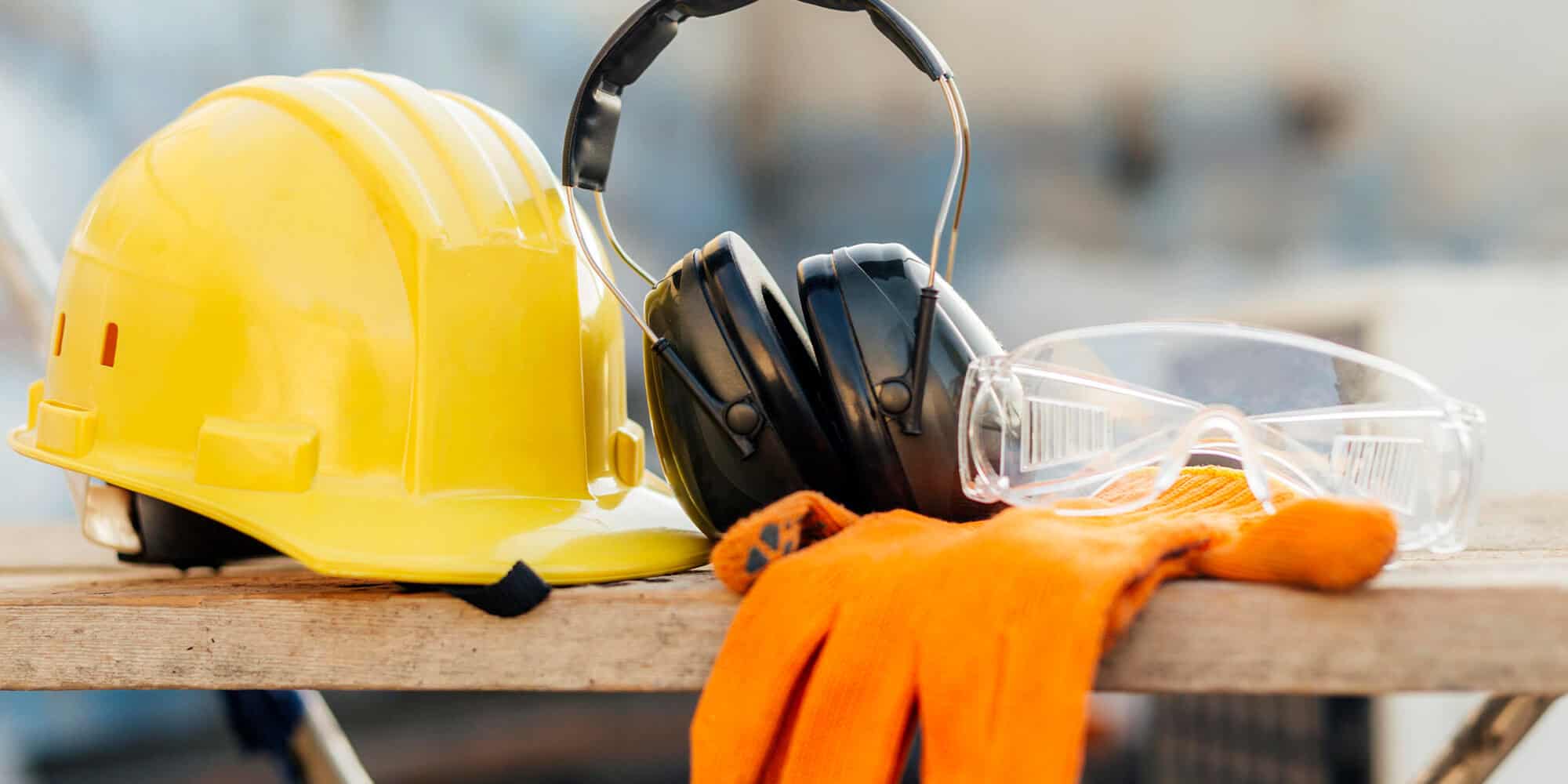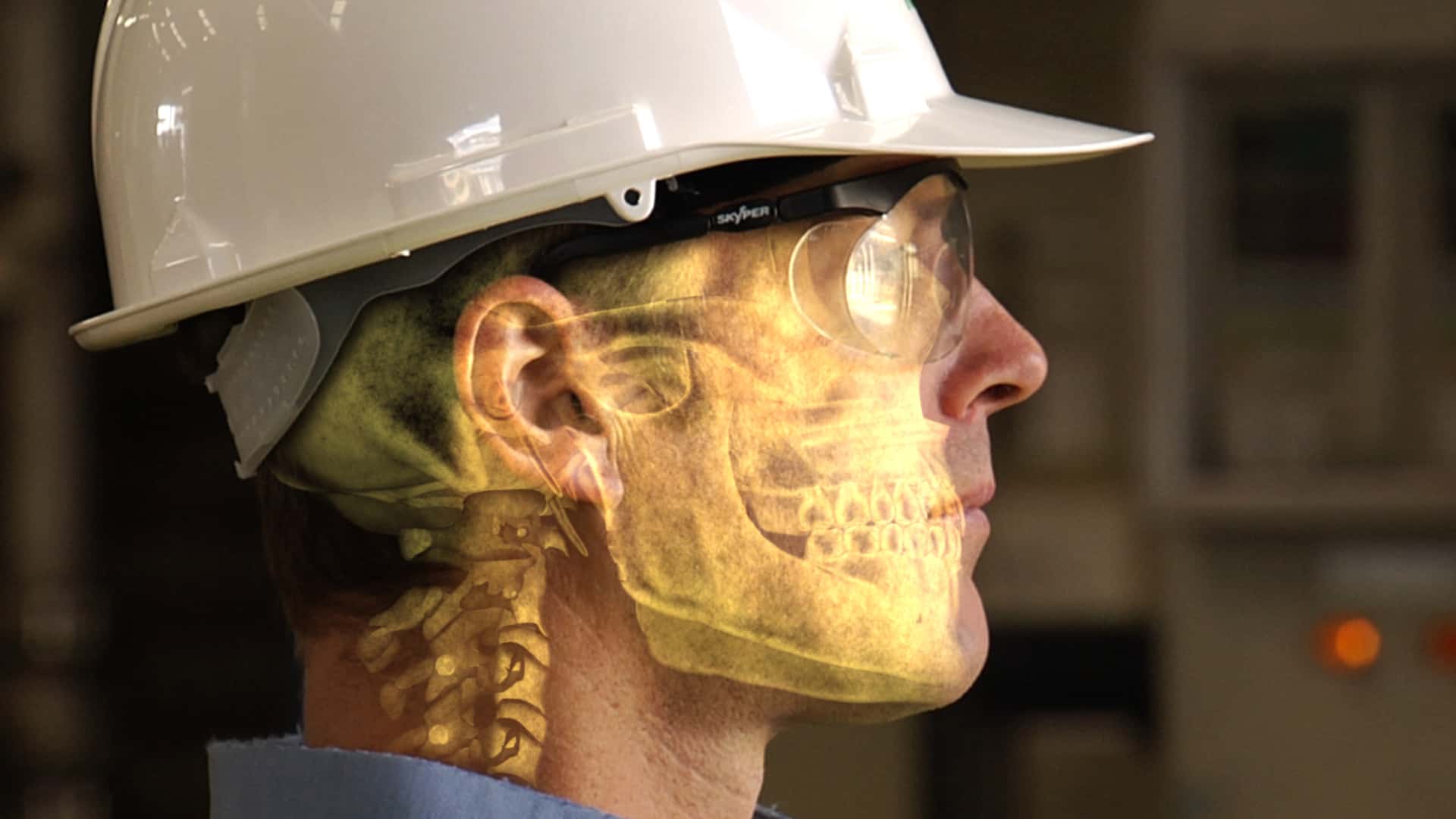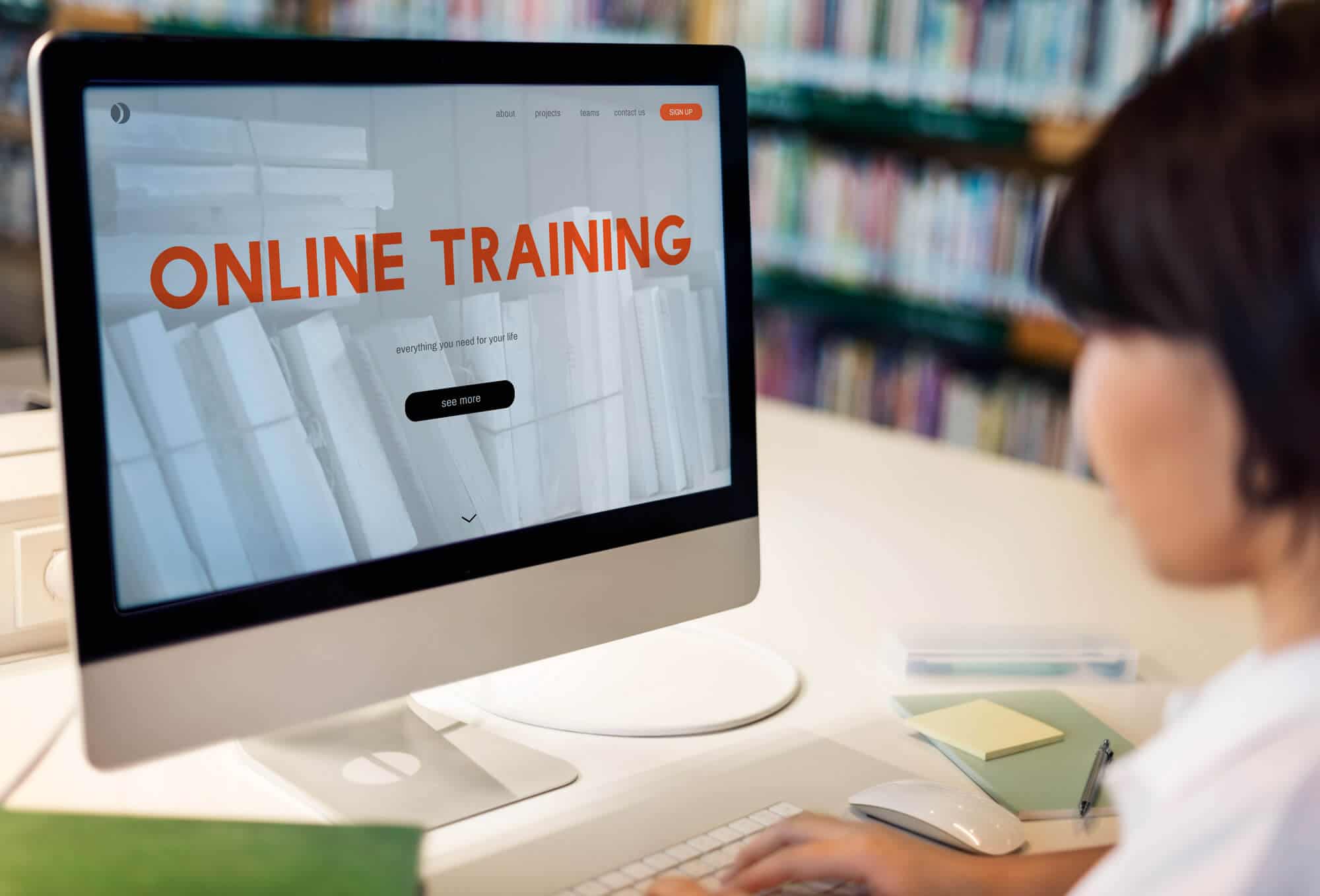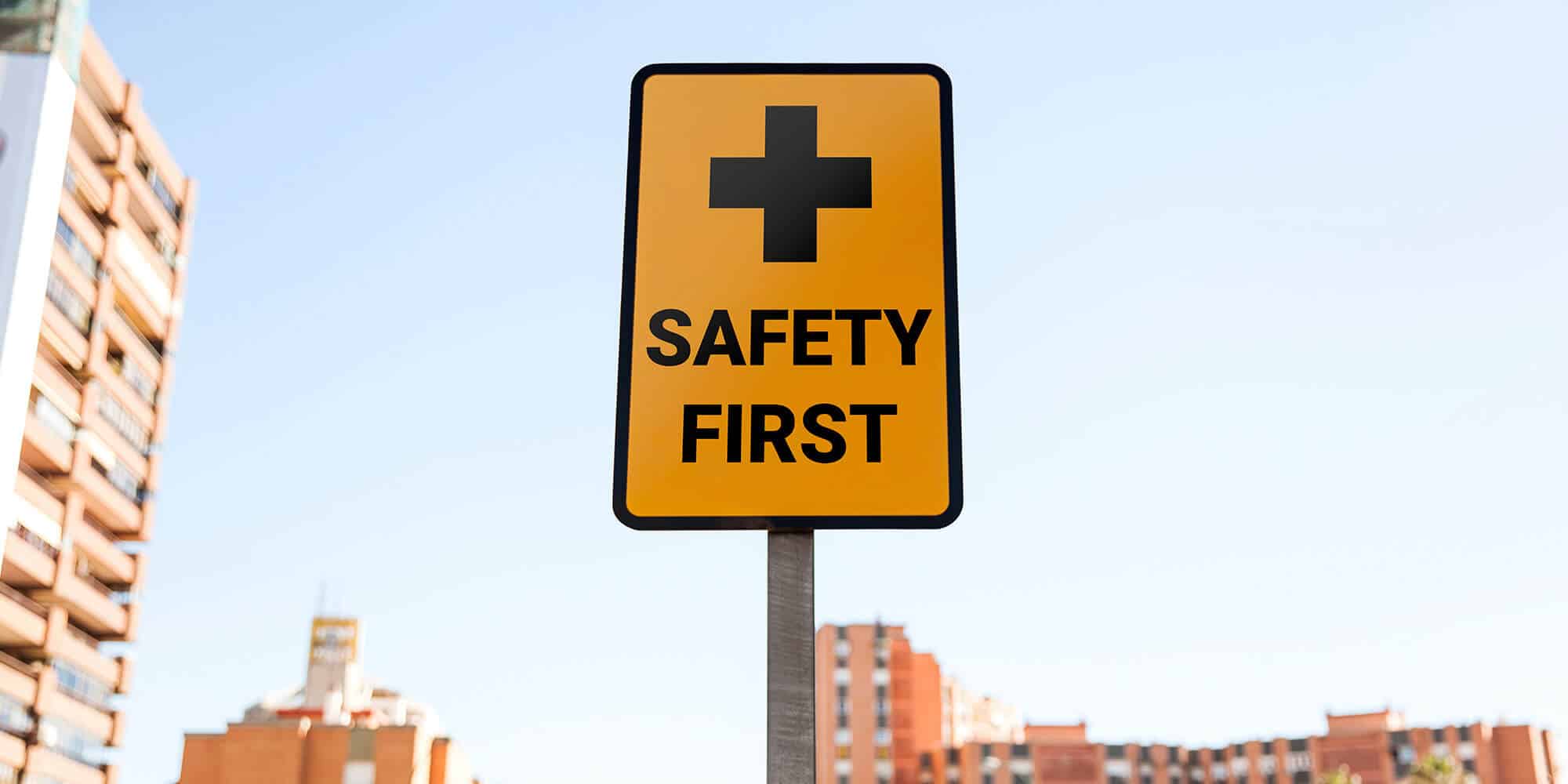Personal Protective Equipment (PPE) plays a vital role in safeguarding workers from potential workplace hazards. Whether it’s construction sites, manufacturing plants or healthcare facilities – understanding and utilizing the right PPE is crucial to ensure the well-being of employees. In this comprehensive guide, we will explore the various types of PPE – their importance – and how video safety training can enhance the effectiveness of PPE implementation in the workplace.
Understanding Personal Protective Equipment (PPE):
PPE refers to specialized gear designed to protect workers from potential hazards in their respective environments. This includes items such as helmets, safety goggles, gloves, earplugs, respirators and protective clothing. Video safety training can provide comprehensive guidance on the selection, use, maintenance and limitations of different types of PPE.
Assessing Workplace Hazards:
Identifying potential hazards is the first step towards selecting the appropriate PPE. Video safety training can help employees recognize specific workplace hazards, such as chemical exposure, falling objects and airborne particles. By understanding the risks, employees can make informed decisions about the PPE they need to wear.
Choosing the Right PPE:
Different work environments require specific PPE to address the associated hazards effectively. Video safety training can educate employees on the importance of selecting PPE that meets safety standards, fits properly and offers the required level of protection. By showcasing real-life scenarios, video training can also demonstrate the consequences of using improper or inadequate PPE.

Training on PPE Usage:
Proper usage of PPE is crucial to ensure its effectiveness. Safety training can provide step-by-step instructions on how to wear, adjust and remove PPE correctly. Safety training should also demonstrate the importance of conducting fit tests and performing seal checks for respiratory protection. Through video demonstrations, employees can understand the do’s and don’ts of using PPE in their specific job roles.
PPE Maintenance and Storage:
PPE requires regular maintenance and proper storage to ensure its longevity and effectiveness. Safety training, whether in-person or by video, can guide employees on how to clean, inspect and store their PPE correctly. This includes instructions on washing and disinfecting reusable PPE, checking for damages or defects and storing equipment in designated areas to prevent contamination or damage.
PPE Limitations and Replacement:
It’s a good idea to train employees about the limitations of PPE and when it needs to be replaced. Safety training can provide guidelines on recognizing signs of wear and tear, degradation or expiry. By understanding these limitations, employees can make informed decisions and promptly replace damaged or expired PPE to maintain their safety.

View the online collection of safety training video content organized around injury protection and PPE. All workplace injury prevention strategy courses in the collection include an online safety video, online safety assessments, facilitator’s guides and trainee course certificates.
Implementing Video Training for PPE:
To effectively implement video training for PPE in your organization, consider the following steps:
Content: Select high-quality PPE training videos that cover different types of PPE, proper usage, maintenance and relevant workplace scenarios.
Accessibility: Ensure that employees have easy access to the training videos through a learning management system (LMS) or an online platform. This allows employees to access the training materials at their convenience.
Supplemental Materials: Providing supporting materials such as user manuals, infographics and reference guides alongside the video training can help reinforce key concepts and information.
Evaluation and Feedback: Employees’ comprehension of the training’s effectiveness can be done through quizzes, surveys or discussions. Encourage feedback to continuously improve the training program.
Ongoing Refresher Training: Regularly reinforce PPE training with refresher courses or short safety videos to ensure employees stay informed about changes in PPE regulations, equipment or workplace hazards. Short Safety Videos can be a good way to refresh the essentials.
The Role of Video Safety Training in PPE Implementation:
Video safety training offers numerous benefits when it comes to PPE implementation. Firstly, it provides a visual and interactive learning experience that engages employees and enhances their knowledge retention. By using video simulations, employees can better understand the importance of PPE and its correct usage.
Video training allows for consistent and standardized instruction – ensuring that all employees receive the same level of training regardless of their location or shift schedule. This helps maintain a high level of safety across an organization.
Video safety training can be accessed anytime and anywhere, making it convenient for both new hires and existing employees to refresh their knowledge on PPE usage and best practices.
Personal protective equipment (PPE) is a crucial element in ensuring workplace safety. By providing employees with the knowledge and skills to use PPE effectively, organizations can significantly reduce the risk of workplace accidents and injuries. Video safety training plays a pivotal role in enhancing PPE implementation by delivering engaging and comprehensive instruction on PPE selection, usage, maintenance and limitations.






